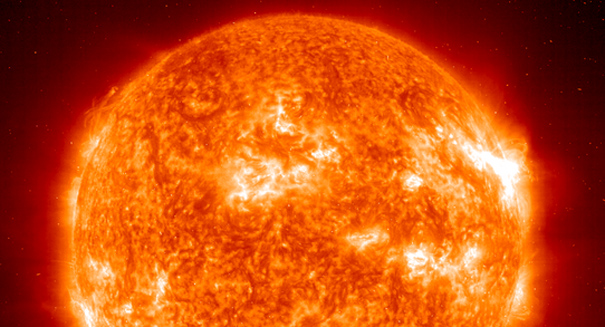
The sun's impact on Earth is revealed.
If your TV or Internet has failed recently, it may take a little more than the local IT guy to get it going again. A recent study from the Massachusetts Institute of Technology in Boston, Mass. has found that the sun’s intense streams of charged particles have caused recent failures of the satellites that provide the signals we need for our beloved technology.
“Users are starting to demand more capabilities,” aeronautics and astronautics graduate student Whitney Lohmeyer said in a release. “They want to start video-streaming data, they want to communicate faster with higher data rates. So design is changing — along with susceptibilities to space weather and radiation that didn’t used to exist, but are now becoming a problem.”
Researchers had taken geomagnetic disturbances into consideration when assessing the vulnerability of spacecraft to space weather, according to a statement from MIT. Satellites are actually designed to withstand the amount of radiation that scientists expect them to be exposed to over a lifetime of around 15 years. However, the MIT researcher team found that current models don’t take into proper consideration extreme space weather events, like the solar storms that take out TV satellites. Lohmeyer also concluded that most of the breakdowns occur during times of low geomagnetic activity, a time most researchers consider to be safe.
To confirm their assertions, the research team studied 26 satellite failures from 1996 to 2012 and found that most of the glitches in the satellites correlated to very intense periods of particle exposure. Sometimes the sun emits enormous particle clouds, and some make their way toward Earth. These particles bombard a satellite and accumulate inside it. They damage the electronics, eventually causing the satellite to break down.
“Space weather is a lot more dynamic than models predict, and there are many different ways that charged particles can wreak havoc on your satellite’s electronics,” Kerri Cahoy, an assistant professor of aeronautics and astronautics at MIT, said in a press release. “The hard part about satellites is that when something goes wrong, you don’t get it back to do analysis and figure out what happened.”
When a satellite fails, that disruption can cause interruptions in Internet services, cable television and even global communications. “If a company has invested over $200 million in a satellite, they need to be able to assure that it works for that period of time,” Lohmeyer added. “We really need to improve our method of quantifying and understanding the space environment, so we can better improve design.”
Leave a Reply